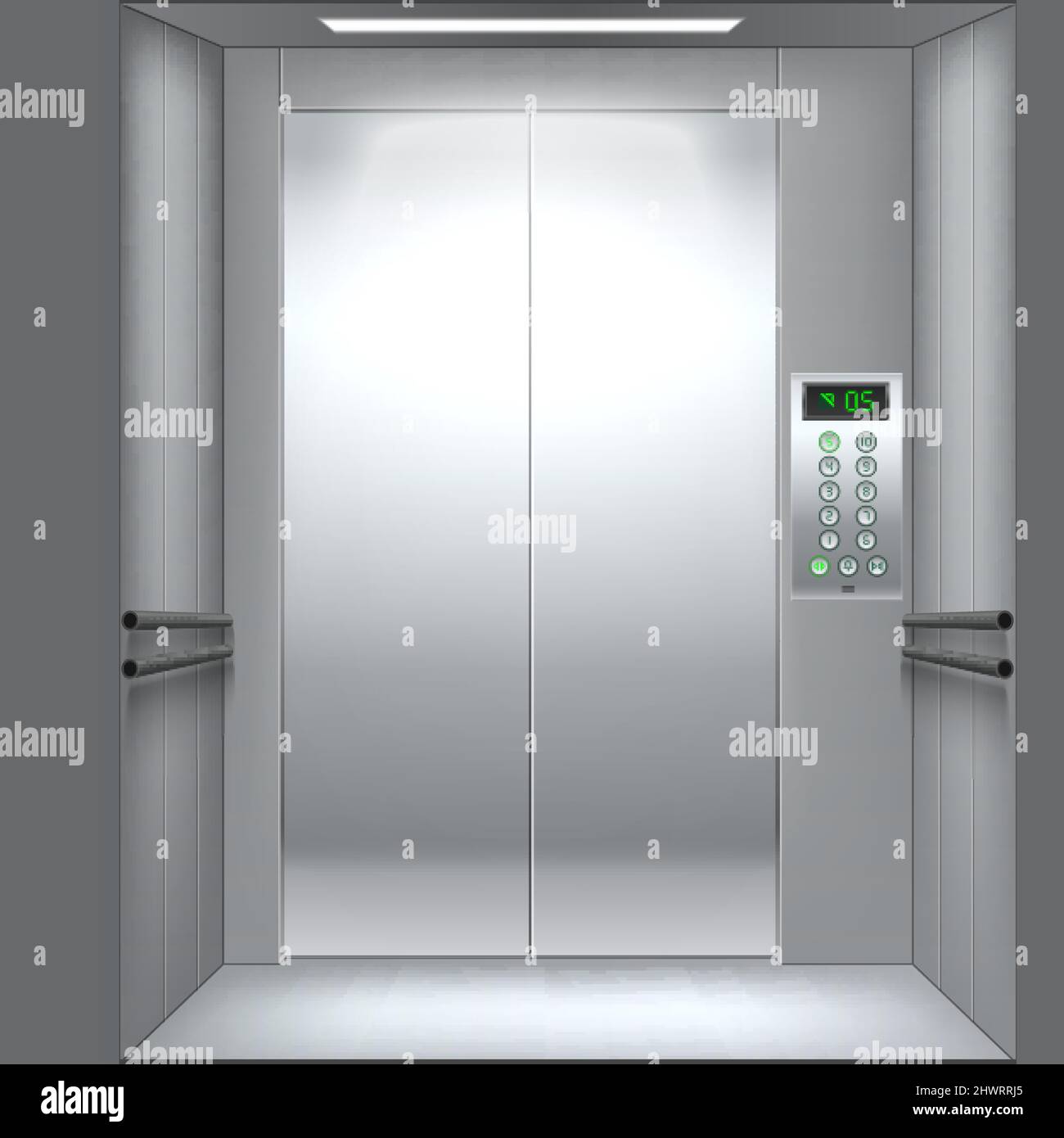Exploring the Globe of Elevators: Usual Concerns Dealt With by Various Lift Mechanisms
As we browse through the vertical transportation systems of modern structures, lifts stand out as an indispensable element of our daily lives. From hydraulic elevators to grip systems and machine-room-less designs, each lift type comes with its collection of usual concerns.
Hydraulic Elevators
Hydraulic elevators, usually chosen for low-rise structures, make use of fluid pressure to manage the activity of the lift automobile (lift repair companies). This mechanism includes a hydraulic pump pressing oil right into a cyndrical tube, causing the elevator to relocate the preferred instructions. While hydraulic lifts are recognized for their smooth and silent procedure, they do include their own set of common concerns
One widespread trouble with hydraulic lifts is oil leak. In addition, concerns with the control system, such as malfunctioning valves or a malfunctioning pump, can cause disruptions in the elevator's movement.
Normal upkeep and punctual repair services are important to guarantee the smooth functioning of hydraulic lifts. By addressing these usual concerns proactively, structure owners can lessen downtime and ensure the security and performance of their upright transportation system.
Grip Lifts
When thinking about vertical transportation systems in structures, an additional typical type other than hydraulic lifts is the traction lift. Traction elevators run utilizing a system of ropes and counterweights that move the lift cars and truck by grasping onto the hoist ropes. This system permits smoother and faster upright transportation compared to hydraulic systems.
Among the typical issues encountered by grip lifts is rope wear. The constant activity of the ropes within the traction system can lead to tear and use over time, potentially creating the lift to malfunction or end up being risky for use. Routine evaluations and upkeep of the ropes are important to make sure the elevator's correct functioning and safety and security.
Another concern that traction lifts might experience is associated with the control system. Issues with the control system can lead to problems such as irregular motion, hold-ups in response times, or even total closures. Regular screening and upkeep of the control system are important to prevent such problems and guarantee the lift's integrity.
Machine-Room-Less (MRL) Elevators

One of the vital parts of MRL elevators is the compact gearless grip machine that is mounted within the hoistway. This maker effectively drives the elevator auto without the requirement for large equipment located in traditional traction elevators. In addition, MRL elevators generally make use of a counterweight system to balance the auto, additional enhancing their power effectiveness.
Regardless of their advantages, MRL lifts might deal with difficulties connected to upkeep and repair because of the confined area for tools installation. Availability for servicing components within the shaft can london lift company be limited, requiring specialized training for service technicians. Proper maintenance routines and normal inspections are vital to make certain the continued smooth operation of MRL lifts.
Overloading and Weight Limit Issues
Overwhelming and weight limitation problems are vital worries in elevator operations. Elevator producers design raises with specific weight capacities to make sure guest security and equipment long life.
When elevators are overloaded, it puts extreme stress on the motor, cables, and other elements, possibly triggering break downs or malfunctions. If they find excess weight, security mechanisms such as sensing units and overload sensors are in place to protect against elevators from relocating. In addition, surpassing weight limits can bring about boosted energy intake and deterioration on the elevator system.
To alleviate overwhelming concerns, developing managers need to prominently display weight limitations in elevators and enlighten residents on the value of adhering to these constraints - lift repair companies. Regular upkeep checks by qualified technicians can likewise help make sure that elevators are running within risk-free weight parameters. By attending to overloading and weight limit concerns proactively, building owners can boost elevator safety and security and efficiency
Electric System Failures
Going beyond weight limitations in lifts can not just lead to mechanical concerns yet additionally possibly add to electric system failings within the lift framework. Electric system failures are a vital worry lift repair near me in lift operation, as they can trigger unforeseen closures, malfunctions, or even safety risks.
Routine maintenance and inspections are crucial to recognize and attend to potential electric problems promptly, making sure the risk-free and reliable operation of lift systems. By adhering to weight limits and carrying out routine electric system checks, structure owners can minimize the risk of electric failures in elevators.
Verdict

Hydraulic elevators, frequently chosen for low-rise structures, utilize fluid pressure to manage the motion of the elevator auto.When taking into consideration vertical transport systems in buildings, another usual kind aside from hydraulic lifts is the traction lift. Traction lifts operate making use of a system of ropes and weights that move the lift vehicle by clutching onto the hoist ropes. Unlike standard elevators that need a separate maker room to house the devices, MRL lifts integrate many of the components within the shaft, removing the need for a committed device area.In conclusion, lifts face common concerns such as hydraulic malfunctions, grip system failures, and electrical system troubles.